Why is Siemens supporting the environmental initiatives in the community?
The advancement of energy-efficient, resource-saving technologies has been the focus of Siemens for many years now. Both the environment and people’s quality of life benefit from this commitment, but as a B2B business we miss out on direct interaction with our communities on this topic. Many people recognize our brand name but are not aware of what we do, and as environment is such a fundamental part of our business we wanted our community programme to reflect this.
How are Siemens’ community programs helping to solve environmental challenges?
Looking at our businesses environmental initiatives it became clear that we had a blind spot around biodiversity, so we chose to work with the Wildlife Trusts to help manage their protected sites through some simple volunteering efforts, and to engage and educate our employees on this topic.
We also know our customers are concerned by biodiversity, be they a water company improving water quality and looking to reduce flooding by improving natural habitat or a rail business wanting to responsibly manage hundreds of miles of embankments.
By mobilising our people, expertise and business resources we aim to work with the Wildlife Trusts to improve the living landscape in any way we can. So far it has definitely been a case of lots of small interactions building up to make a collective difference.
In our first year we helped manage over 800ha of the Wildlife Trusts habitat ranging from wildflower meadows to reed beds to woodland and we will be back again doing the same this year as you can never put too many coats of paint on a meadow!
Have you come across any measurement challenges?
Whilst it is easy to record who did what, over what area and type of habitat for these simple volunteering days, we are always looking for more sophisticated ways to measure our impact. We strive to turn all our Sustainability impact measures into the economic value they create in line with our Business to Society Reporting. We can do this with our STEM outreach using a Cost Benefit Analysis model we created with Simetrica, but with current methods of deriving natural capital being so developmental it is not yet possible to do the same for our Biodiversity topic. Our ambition is to be able to report the impact of our work with the Wildlife Trusts both through volunteering on their sites and our biodiversity work on our own and project sites. So it can be truly understood in business decision making. Unfortunately this is a long way off.
What we are able to do and has proved to be an incredibly powerful to persuade people of the value of this specific relationship has been to collect well-being data from our employees who take part in volunteering days with the Wildlife Trusts . So far 110 out of the 489 employees have been surveyed using the Warwick Edinburgh scale, two weeks before they took part in a Wildlife Trusts day and then again on the day. With 80% of employees attending a Wildlife Trust Day saying they experienced an increase their in Well being, and on average 16% of employees felt more positive at the end of their volunteering day and 8.7% felt healthier. We are continuing to monitor the well-being effects of undertaking volunteering with the Wildlife Trusts and as our data set builds will start to be able to investigate which types of day make the biggest well-being difference.
Would you give any advice to companies looking to support environmental guidance within the community?
Choose a charity partner that you can collaborate with on many levels, we don’t just partner with the Wildlife Trusts because they offer us volunteering, we have complimentary structures, we incorporate their know-how on biodiversity, we want a partner that asks questions of us as a business, provides unique opportunities for collaboration and learning things like having a lunch and learn session between the Wildlife Trusts Living Seas team and our Subsea cabling R&D department, out of which more sensitively designed products for sea bed habitats will hopefully spring.
Equally important is selecting a partner who maps well to your geographies, who wants to work with you, and is easy to get hold of. Then take the time when you are establishing how you will work together to talk about longer term ideas of ways your could collaborate as well as your plans for the first year. Finally let them get to know your business and get to know theirs, because it when this happens that you start to see how you can help beyond basic volunteering.
For us we have spent the first year getting everyone engaged with the work they do, and behind the scenes laying the groundwork for more strategic collaboration. We try to “pinch with pride” any great ideas other companies in the LBG network have, and don’t worry too much if they are ahead of us on the topic, as long as we do what we can to tackle the issue it all helps. There is definitely a long way to go before I can say we have fulfilled the potential of the relationship, and I can’t wait to see where it takes us.
